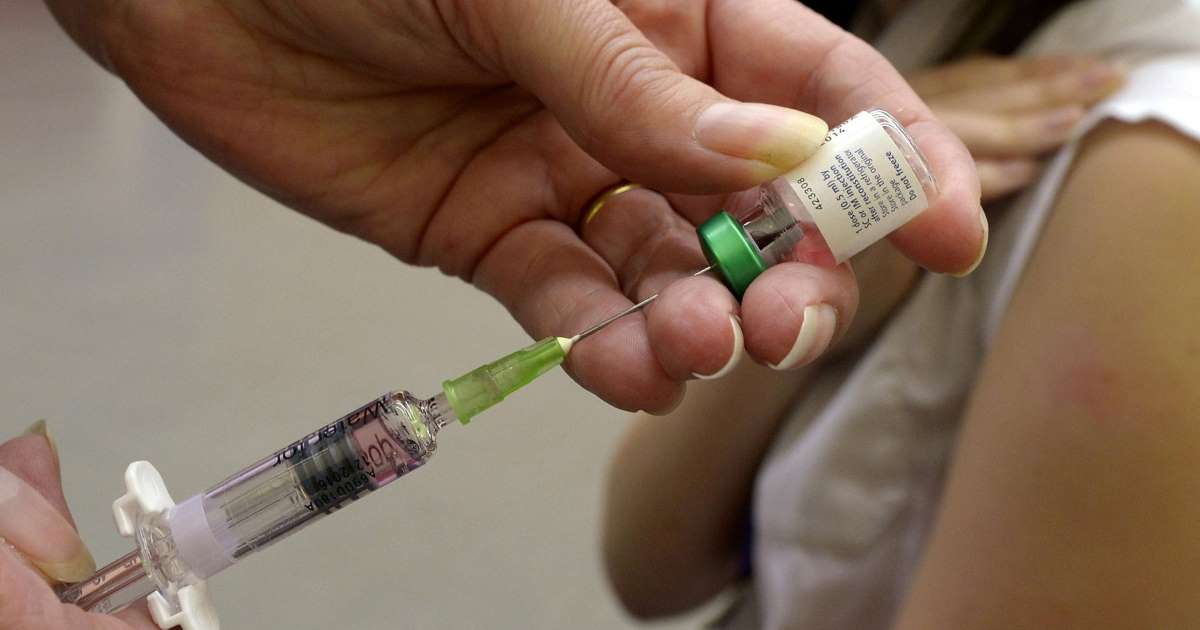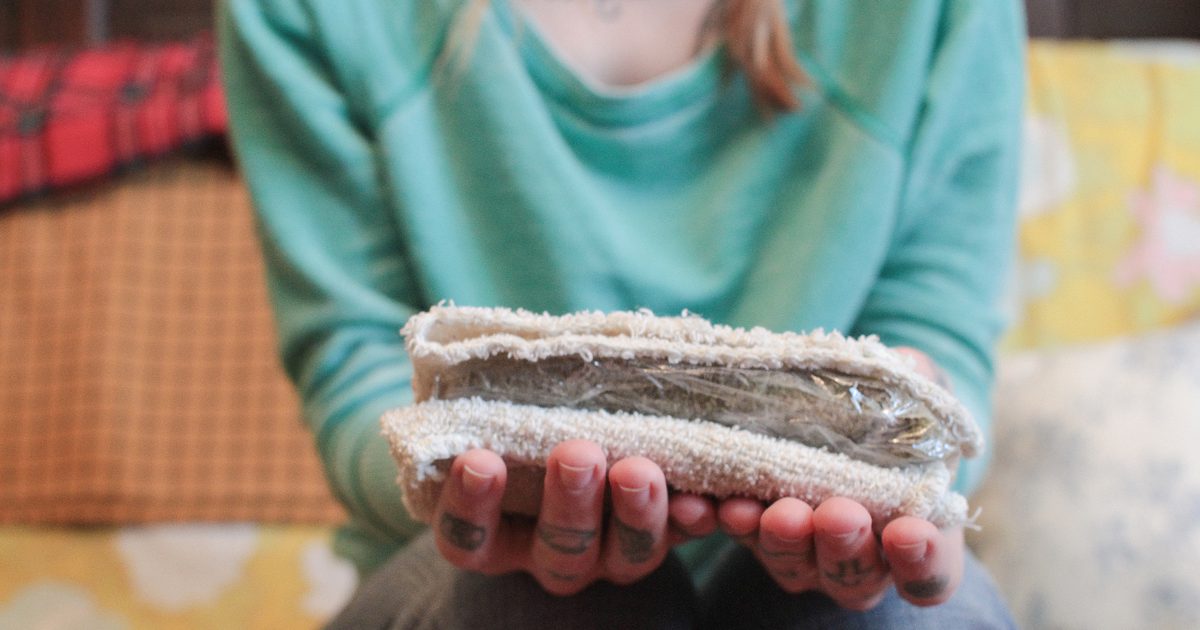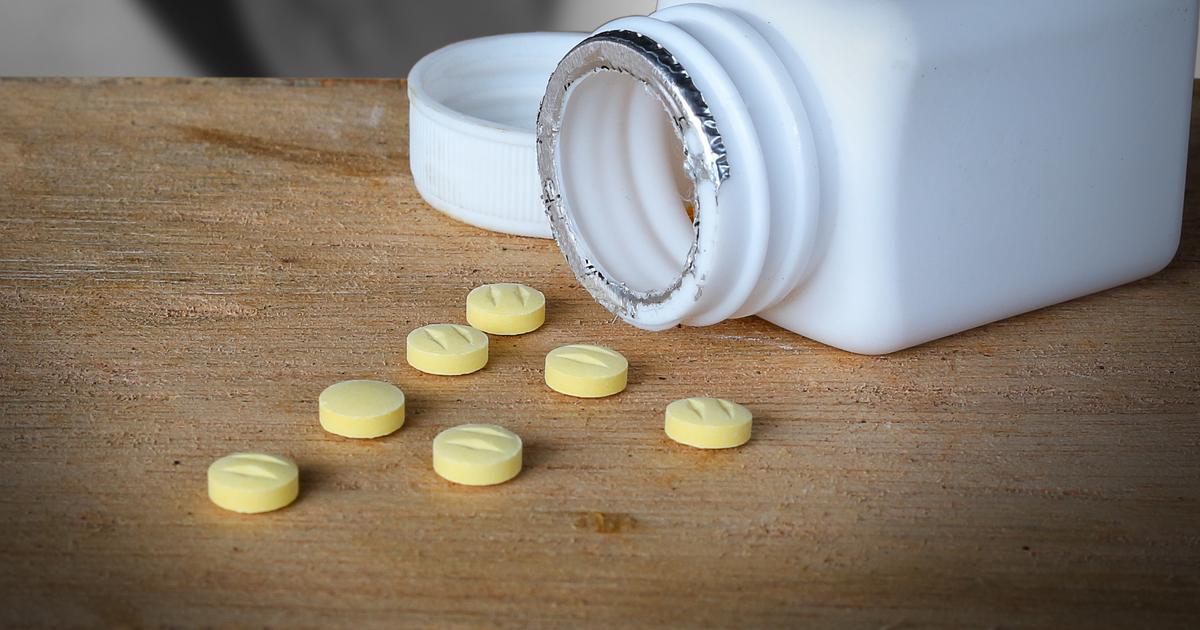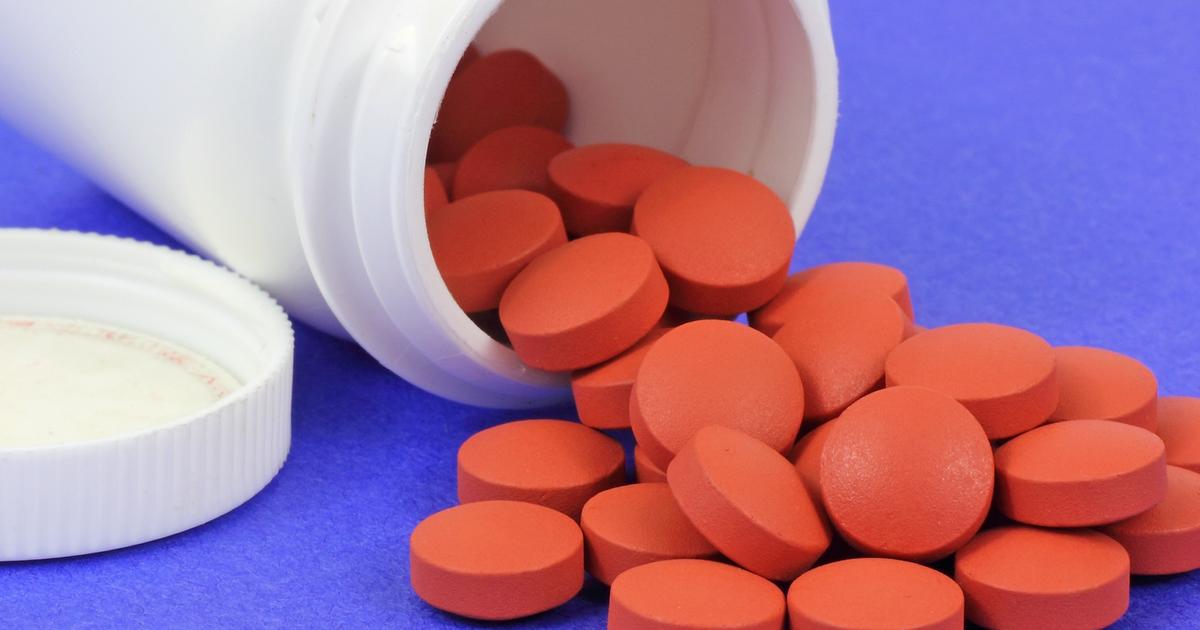How To Treat Shingles
Shingles is a type of viral infection that can occur in individuals who had chickenpox as children. The virus causes a painful rash that usually spreads across a small portion of one side of the body. At first, the skin might be red and painful to the touch. Then patients might develop extremely painful blisters that can break and increase their infection risk. After individuals have chickenpox, the virus becomes dormant and hibernates in the tissue surrounding their spinal cord and brain. If it activates again and travels along their nerves to their skin, it develops as shingles. It's impossible to contract shingles without having been exposed to the virus. Some estimates believe up to one-third of the population of the United States will develop shingles in their adulthood.
Antiviral Medication

Shingles can't be cured, but antiviral medication can be used to treat the outbreaks and help to speed the healing time. Some antiviral medication might also help reduce a patient's risk of developing complications, especially if they have underlying medical conditions shingles might aggravate. Antiviral therapies for shingles must be prescribed by a doctor. Patients need to see a doctor as soon as they first notice the symptoms. The two most common types of antiviral medication prescribed are acyclovir and valacyclovir. In addition to treating shingles, acyclovir is sometimes prescribed to treat cold sores, chickenpox, and outbreaks of genital herpes. Since the shingles virus already lives in the patient's body, the antiviral medication might be prescribed to help reduce the chances and severity of future outbreaks. Acyclovir helps to speed the healing of sores from shingles and other diseases. Valacyclovir is an antiviral drug used to treat the same viruses acyclovir does. It helps sores heal faster and helps reduce the severity of future outbreaks.
Certain Injections

Certain injections might be used to help manage the severe pain often associated with shingles. The condition tends to cause serious pain on and around the site of the redness and blisters. While helping the sores to heal faster is ideal for treating outbreaks and returning to day-to-day function, the pain needs to be managed in the meantime. When managing shingles-related pain, a doctor will usually use an injection that includes a combination of local anesthetics and corticosteroids. In addition, after the sores heal, there's sometimes a lingering pain, which is referred to as post-herpetic neuralgia. According to researchers, somewhere between thirty and sixty percent of the adults with shingles will also develop post-herpetic neuralgia, which leads to nerve pain, often around the wall of the chest. To treat post-herpetic neuralgia, a doctor might use intercostal nerve blocks to inject local anesthetic between two of the patient's ribs. They might also use thoracic epidural injections, which are anti-inflammatory drugs injected around the spinal cord to reduce pain by decreasing inflammation in the nerve roots.
Numbing Agents

Numbing agents can be used to treat the pain associated with shingles. They might be used during flare-ups to reduce the amount of pain around the sores and blisters, or they might be used to treat chronic pain due to post-herpetic neuralgia. One of the most common numbing agents used is lidocaine, which can be delivered through a gel, skin patch, spray, or cream. Lidocaine is a topical anesthetic, meaning it's applied to the skin rather than ingested or injected. The medication also works as a local anesthetic, so it numbs one specific area rather than causing widespread numbness throughout the body. The goal of the medication is to stop pain and itching from skin conditions like insect bites, eczema, minor burns, scrapes, and blisters. In addition, the medication can be used to treat minor itching and discomfort caused by hemorrhoids. The medication works by causing the skin and surrounding mucous membranes to experience a temporary loss of sensation.
Wet Compress

One easy way to relieve some of the pain caused by shingles is with a wet compress. A wet compress won't typically provide the same level of relief and pain management as prescribed or over-the-counter medication treatment. However, it is a fast, easy, and inexpensive way for patients to deal with pain when they're already using medications or waiting to see a doctor. Before using the wet compress, one thing patients can do is take a cool bath or shower to relieve the itchiness and pain. This will also help remove any dirt, sweat, or other substances that might cause further inflammation and irritation. It's important to keep blisters and open sores clean to prevent infection. After taking the bath, individuals should wet a soft washcloth with cool water and apply it to their rash. They can repeat this action several times each day when they start to feel the pain and itching flare again. The cool temperature of the compress can help relieve burning and itching pain. With that said, individuals shouldn't use an ice pack on the rash, as it can heighten their sensitivity and increase their pain.
Colloidal Oatmeal Bath

A colloidal oatmeal bath is an option some individuals use for relief from chronic skin conditions. In addition to shingles, oatmeal baths are sometimes recommended for psoriasis and eczema patients. These conditions cause the skin to become itchy, reddened, irritated, dry, and inflamed. Individuals might imagine an oatmeal bath is done by literally filling a bathtub with breakfast food. However, this isn't the case. A colloidal oatmeal bath does use warm water and oatmeal, but the oatmeal involved has been ground into a fine powder, which is why it's referred to as colloidal oatmeal. Colloidal oatmeal is light enough that it becomes suspended in water without sinking, making it an effective solution. A study in 2012 indicated colloidal oatmeal is effective at soothing the irritation and itching from skin conditions like shingles and eczema.
Tricyclic Antidepressants

Tricyclic antidepressants may be considered as a treatment for postherpetic neuralgia. This potential complication of shingles can cause burning pain that lasts for three months or more, and patients might become sensitive to light touch. Tricyclic antidepressants help ease the pain of this condition. The medications work by changing the way the brain interprets pain. Nortriptyline, duloxetine, amitriptyline, and venlafaxine are among the most frequently prescribed tricyclic antidepressants for patients who have postherpetic neuralgia. Individuals with this complication are generally given lower antidepressant doses than patients with other conditions. During treatment with tricyclic antidepressants, patients should be vigilant for potential side effects such as weight gain, drowsiness, and dry mouth. Some individuals have experienced blurry vision, fatigue, constipation, nausea, and low blood pressure as well. Patients should let their healthcare provider know right away if they develop suicidal thoughts or hallucinations while taking this medicine.
Anticonvulsants

Some types of anticonvulsants, including gabapentin and pregabalin, have been approved for the treatment of pain caused by postherpetic neuralgia. The medications work by altering the way the nerves send signals to the brain. They reduce the number of signals the nerves send, and this is believed to reduce pain. Before taking an anticonvulsant, patients should let their doctor know if they have a history of heart disease, seizures, depression, diabetes, kidney disease, or lung disease. Potential side effects of taking anticonvulsants include drowsiness, headaches, balance issues, eye movement problems, and dizziness. Some individuals might experience memory issues, painful urination, or a sore throat. Patients are normally started on a low dose, and the dose is gradually increased over several weeks. Patients should always talk to their doctor before discontinuing an anticonvulsant. These medications must be tapered to avoid serious side effects.
Capsaicin Cream

Capsaicin is extracted from chili peppers, and studies show it is an effective pain reliever. Doctors may prescribe capsaicin cream for patients with shingles or postherpetic neuralgia, and there are some over-the-counter capsaicin creams available. Before using capsaicin cream or other capsaicin products, patients should let their doctor know about any history of heart disease, blood vessel disorders, or unstable high blood pressure. Capsaicin cream should not be applied to areas of infected skin. If it is applied to broken, irritated skin or areas with large sores, patients may have an increased risk of side effects. Patients should carefully measure out the recommended amount of cream according to the medication label. It is especially important to avoid contact with the eyes when applying capsaicin cream, as this could cause severe eye irritation. Capsaicin cream is generally applied to the affected area three to four times each day. Patients should check with their doctor for specific guidance on how many applications they may need for their symptoms. Potential side effects of capsaicin cream include skin redness and a stinging sensation. These side effects typically resolve after a few days, and patients should let their doctor know if they persist. Capsaicin cream could make the skin more sensitive to the sun.
Over-The-Counter Pain Medication

Over-the-counter pain medication may be beneficial for certain patients with shingles. Patients might need to try several types of pain relievers to find the one that works best for their needs, and some individuals may need to take a combination of pain relievers to manage their symptoms. When using over-the-counter pain medication, patients should take the lowest effective dose, and the medication should be used for the shortest possible time. Individuals with kidney, liver, or heart issues need to check with their doctor before taking any over-the-counter drugs. They should also ask a pharmacist about potential drug interactions if they are taking other medicines or supplements. Over-the-counter pain relievers could contribute to kidney and liver damage, and they may cause stomach ulcers or increase the risk of gastrointestinal bleeding for certain patients. Patients should never take more than the recommended dose of any pain reliever, and they should check with a doctor if their pain persists or worsens after trying over-the-counter drugs for seven days. Prescription-strength pain relievers may be necessary in these cases.
Cornstarch and Baking Soda

Some patients find it helpful to try natural remedies in the treatment of shingles. For example, a paste made from cornstarch and baking soda may soothe the itching associated with the shingles rash. The paste can be made by pouring two parts of baking soda or cornstarch (or one part of each) into a cup. One part water should be poured into the cup, and the water may be increased or decreased to create the desired consistency. The paste should be applied directly to the rash, and it can be left on for ten to fifteen minutes. After this time, it should be rinsed off. Cornstarch and baking soda pastes can be applied several times each day to soothe itching. Patients may also want to use cool compresses on the affected area, and prescription medications, including antihistamines, corticosteroids, and capsaicin, might be necessary as well. Patients should ask their physician about all of the available treatments for the relief of itching and pain.
